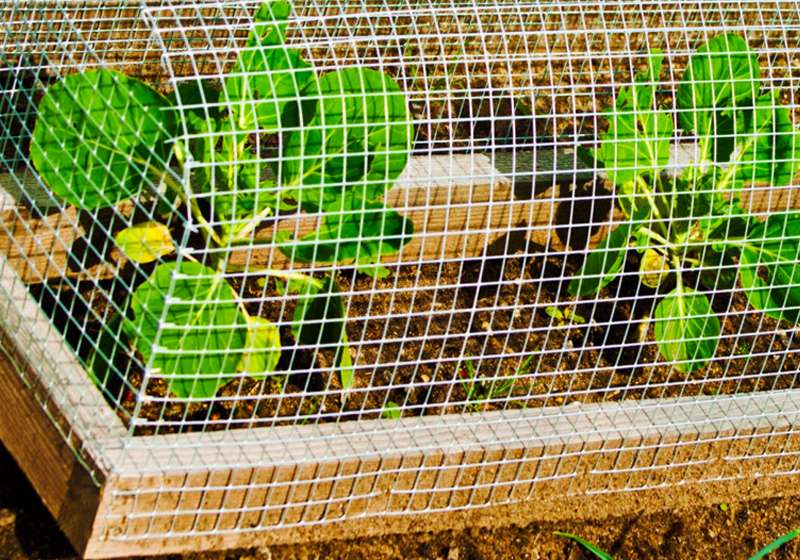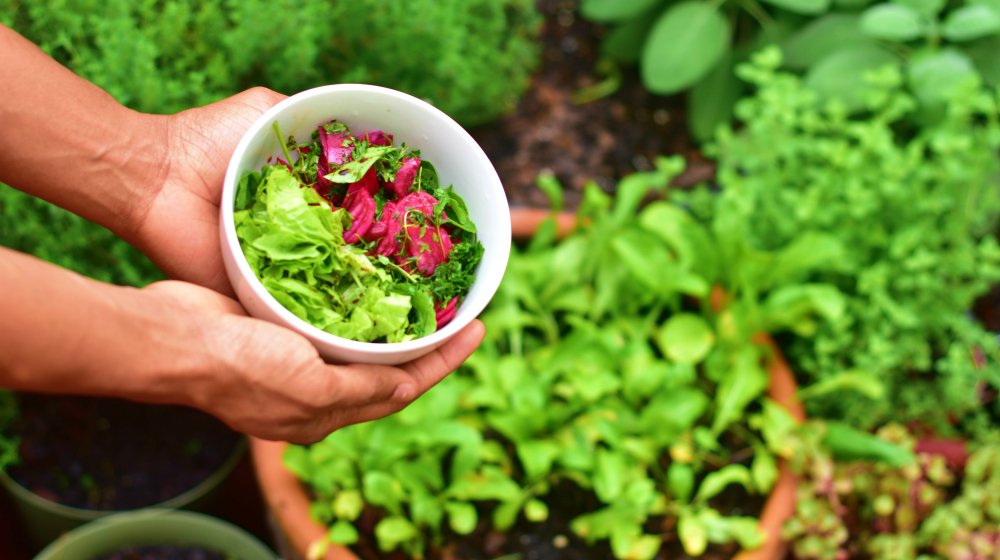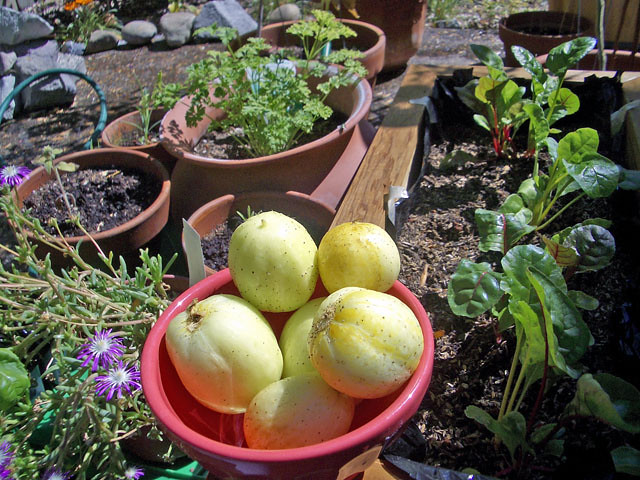I'm sure you have heard about the need for having your own survival garden as we face these uncertain times. But what is it exactly? How is a survival garden different from your typical vegetable garden? What do you need to do to start one? These are some of the questions we will try to answer in this article.
First off, a survival garden is a vegetable garden that produces crops you and your family can rely upon in a time of food supply shortage. It is different from your regular hobby garden because your primary aim here is survival.
All the preparations and choices of plants to grow should, in one way or another, lead towards that goal of self-sufficiency.
RELATED: Fastest Growing Vegetables To Plant For A Quick Harvest
In this article:
Starting Your Own Survival Garden
Factors to Consider for Your Survival Garden
You will need to think about the following factors when planning your survival garden:
1. Your Family's Unique Dietary Requirements
The first thing to consider is how many mouths you are going to feed. Your survival garden should support and supplement the foods you already have.
It is also important to take note of what vegetables your family can really eat. Remember, you are growing food that must not be wasted. The vegetables should be something you and your family like.
2. Limited Resources
With efficiency in mind, you have to extract the maximum output for the least amount of input.
Time
Depending on the urgency, you can prioritize planting fast and easy to grow crops in your survival garden. There are plants that are better grown from transplants, while there are crops best planted by directly sowing the seeds into the ground.
The season will also determine the type of plants you can grow. The Spring season is the most apt time to start planting.
Space
The next thing you have to consider is how big of a space you have for gardening. Small space gardens can make use of vertical and hanging containers for smaller plants. If you're lucky to have a bigger yard, design your garden in such a way that your plants help one another (i.e. shades, support, insect repellant, etc.).
Interplanting complementary crops will save space and help create structure in your garden. For instance, corn, beans, and squash can be planted together as they benefit each one; so do carrots, onions, beets, and radishes.
You must take into account the availability of seeds and other gardening materials. Consider how long the food scarcity will last, and store up seeds and other tools while you still can.
RELATED: Small Garden Ideas And Tips | How To Design Gardens In Limited Spaces
3. Crop Variety
[instagram url=https://www.instagram.com/p/B-Ka7caBkmj/ hidecaption=true width=800]
Plant assorted types of vegetables with the highest calorie and nutritional contents. For a calorie-dense diet, go for starchy and sugary crops such as sweet potatoes, beans, and soy. Growing several green vegetables and fruits will be the source of other macronutrients like protein, vitamins, and minerals. Again, limit these plants to the ones your family likes.
Unlike your typical garden, however, a survival garden is no place to try and experiment on untested crops. As a rule of thumb, stick to crops that have been proven to grow well in your environment.
Survival Garden Design
After figuring out what and how much of each crop you will grow, it's time to work on your garden.
Step 1: Check the Soil
Assess and prepare the soil. Keep in mind these three major nutrients required by plants:
- nitrogen for greenery
- phosphorous for roots
- potassium for fruit and flowers
You can use fertilizers or you can create your own compost to enhance the soil's ability to support your plants.
As much as possible, buy open-pollinated seeds, like heirloom seeds. This enables you to save seeds to plant as long as you grow them.
Step 2: Plan the Survival Garden Layout
[instagram url=https://www.instagram.com/p/B_EgUboFv7h/ hidecaption=true width=800]
Next, plan your garden layout to maximize companion planting. The plant combinations will depend on your garden's unique conditions and resource availability.
Tip: Some plants are not advisable to be planted close to each other to avoid cross-pollination which hinders their long term productivity.
RELATED: Comprehensive Companion Planting Guide For Every Gardener
Step 3: Start Planting
Now that you have everything laid out. The next and most important step is to start planting. Constantly check your plants so you'll have an abundant harvest.
Securing Your Survival Garden

Now that you have learned about the basics of survival gardening, the next step is to know how to protect it.
1. From the Elements
Protect your plant from the intense heat by using shade covers, or you can plant sensitive vegetables near trees and walls. Make use of windbreaks, swale drains, and hedges to protect your plant from extreme weather conditions.
To maximize your produce, learn about storing and preserving your harvest so nothing gets wasted.
2. From People
In times like this, there might be cases where other people trespass and forage through your garden. You can camouflage your survival garden by building fences using thorny bushes around the perimeter. Indoor survival garden offers protection for flashy plants like tomatoes and peppers.
3. From Insects and Animals
Aside from using insecticides, companion planting is a good way to ward off unwanted bugs. Companion planting is the practice of growing plants together.
Here are some examples:
- Radishes can ward off cucumber beetles in cucurbits like squash, cucumber, and melon.
- Catnips planted in borders protect against flea beetles.
- Chives can be planted around fruit trees to discourage insects from climbing trunks.
- Plant garlic near herbs to enhance essential oil production and deter pests.
- Aphids do not like basil.
- Cayenne pepper deters raccoons and repels critters and pests.
Watch SAWBO's video below on making survival garden compost:
Now that we've covered the essentials, a survival garden should be something you are seriously considering right now. The key here is to plan in advance and make use of what you currently have. Your goal is to create a reliable supply of food for troubling times.
While we are hoping for the best, it is possible that this pandemic can still get worse. The best advice we can give you is to work your way to self-sufficiency by starting your own survival garden. This is also something you can do with the whole family since everyone is at home.
What plants would you include in your own survival garden? Let us know in the comment section below.
UP NEXT:
- 5 Herbs To Plant In Your Garden To Fight Off Flu And How To Use Them
- Starting A Garden This Spring | Easy Gardening Tips And Tricks For Spring 2020
- 10 Delicious Spring Fruits You Should Plant In Your Garden This Season
Calling all green thumbs, Garden Season needs YOU! Click here if you want to contribute for us!
Want to stay up to date? Follow Garden Season on Facebook, Twitter, Instagram, and Pinterest.




